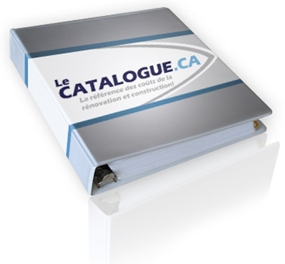Pattaya seems to be filled with entrepreneurs. Every second person, and
especially the ladies, has a scheme to export Thai artifacts to the thirsting
throngs back in their home countries. After all, such things as Thai silk,
locally produced cutlery, incense holders and costume jewelry are plentiful and
much cheaper than “back home” and why not make a little money on the side as a
small-time supplier?

And in addition, and in fact probably surpassing those
numbers, are the people selling items on eBay. One of my friends was incredible
at e-selling, and said that one reason he was so successful at it, was the fact
that he took good photos of any items that were for sale.
Without wishing to get into the intricacies of exporting, the
one area where many of these small ventures fall down is in the production of a
‘catalogue’. And you do need one, or otherwise the person at the other end of
your mouse has no idea what the item actually looks like! Try describing Burmese
embroidered wall hangings, and see what I mean!
Realizing this, many have picked up the trusty family
Kodafujinikonolta camera, placed the items on the table, and belted off endless
shots. The end result is endless snaps of unexciting goods, lying on a table
top. Is this enough to interest a would be purchaser. Unhappily not.
You see, you have to inject “visual appeal” into these snaps.
You have to show the importer what these things actually look like. You have to
indicate form, size and colour. Those blurry, almost monochromatic shots just
don’t cut it, I’m afraid. Catalogue shots have to be good. This is why pro
photographers command a minimum of $1,000 a day doing catalogue photography!
Here is how to get some passable images by yourself. The
first thing to buy is a large sheet of white thick paper or thin card, which you
gently bend into a right angled curve. Stick the top to a wall and move a table
underneath and stick the bottom to that. You now have a seamless “nothing”
background on which to place your stock items. No distractions in the shot -
just your individual items for sale. Place the first item on your seamless
background.
Next is the lighting. Flash is good, especially if you have
an “off camera” flash head, but even if you have not, all is not lost. Shooting
downwards at an angle of about 45 degrees, you want to bounce the flash burst
towards the back wall of the white curved background. If you have a flash head
that can be angled, then it is simple, but otherwise, place a piece of card
under the camera’s flash head to stop the “spray” of light going directly on the
product which then directs the main burst towards the back wall. What you are
doing is to produce a small shadow line along the bottom of your items, all of
which gives them shape and form.
The “looking downwards” at 45 degrees is actually very
important too. This duplicates the angle you naturally use when looking at most
small items, so you see a cutlery item, for example, how you expect to see it.
No strange perspectives. If it looks like a fork, then you’ll attract more
people to buy the fork.
If needs be, you can show the size of items by incorporating
known smaller items in the shot. Coins, reading glasses, a set of keys, an egg
cup can all show comparative size. Just remember to make the item for sale the
“hero” and not the egg cup! In other words, make the size reference item the
secondary item in the shot!
In general, try to use secondary items that have some
relationship to the feature item. A knife and spoon would naturally go with an
egg cup, for example, and to make a really good shot, you would soft boil an
egg, place it in the egg cup, slice the top off and place that slightly to the
side of the cutlery items. See how a little thought can take a boring catalogue
shot and make it so much better.
Now do your own!

